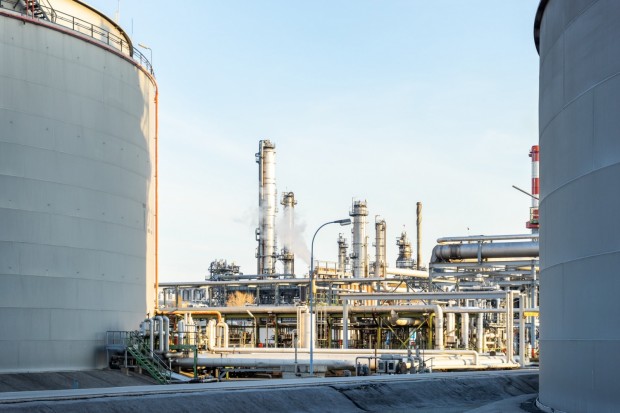An Eco-Friendly Future For Thermal Oxidizers
The thermal oxidizer plays a niche role in the world of manufacturing, but it is a role that is critical nonetheless. By converting harmful gases into harmless water and CO2, they prevent chemical waste from becoming a problem; however, as rightly noted by the EPA, they do have a considerable environmental impact. Fighting back against this is a wave of industrial technology that is aiding thermal oxidizers to become efficient in more ways than one.
Heat capture and catalysts
The primary function of a thermal oxidizer is to break down organic compounds through heat treatment - hence 'thermal'. With temperatures required to exceed 650 degrees Celsius and sometimes reach 1250, this has a huge energy cost. Efficiency in this regard looks to two areas. Firstly, lowering that heat requirement through the use of high-tech catalysts; this is a service being offered by many thermal oxidizer rental businesses to manufacturing companies looking to improve their green stamp. Secondly, by capturing heat to convert to electricity. POWER Mag have highlighted exciting new technology that will improve heat capture even further.
Making capture business as usual
All oxidizers have some element of heat capture and recycling, but not all are efficient. According to POWER, the new technology being developed in Alaska has astonishing efficiency results. By capturing heat from waste gas processing facilities, they have generated efficient electricity fed straight back into the grid at a far lower price than anywhere. If manufacturing is mandatory, then this is essentially always going to provide cost-free energy from normal processes.
A smart future
Smart tech has improved nearly every other industry it has touched, and it has this potential in the industrial thermal oxidizer world. Process-Heating.com report that new wireless tech matched with an incremental learning system, powered by AI, has the ability to notice minute changes in the function and performance of an oxidizer. How can this benefit efficiency? There is potential for the power levels and patterns of the machine to be gently altered based on the work pattern and input into the burner. In short, heat exchange can be fine-tuned for whatever task is at hand, and made far more efficient.
Taking these changes together and applying them to the industrial applications of oxidizers can help what is a necessary yet polluting system to improve. Much of this revolves around how heat is adjusted to, and evidence suggests that heat can be worked to the benefit of the operator. In the long term, this will provide gains for the business and the community as they see business electricity prices drop and air quality standards rise.
See Now: NASA's Juno Spacecraft's Rendezvous With Jupiter's Mammoth Cyclone
* This is a contributed article and this content does not necessarily represent the views of scienceworldreport.com





Join the Conversation